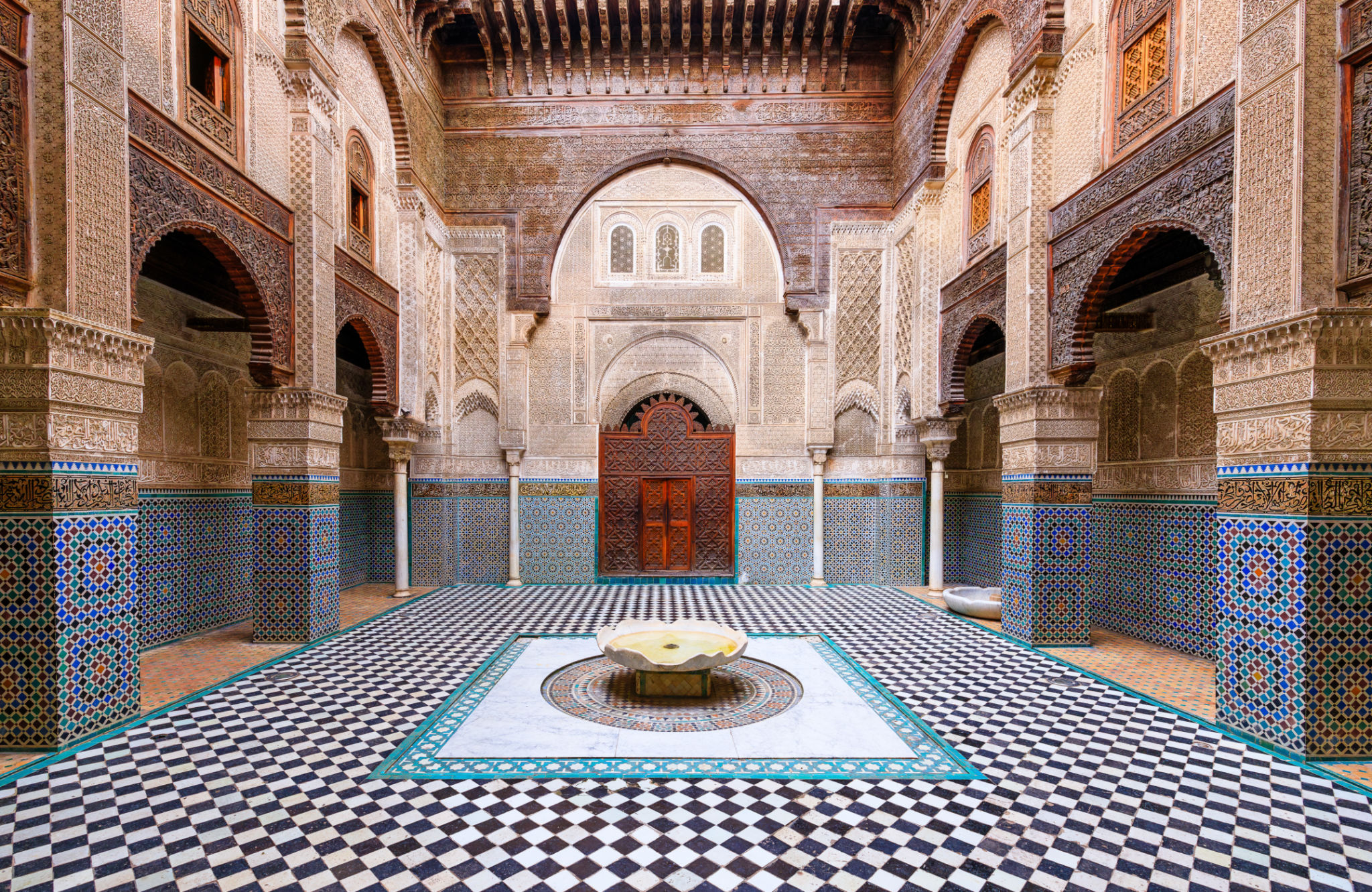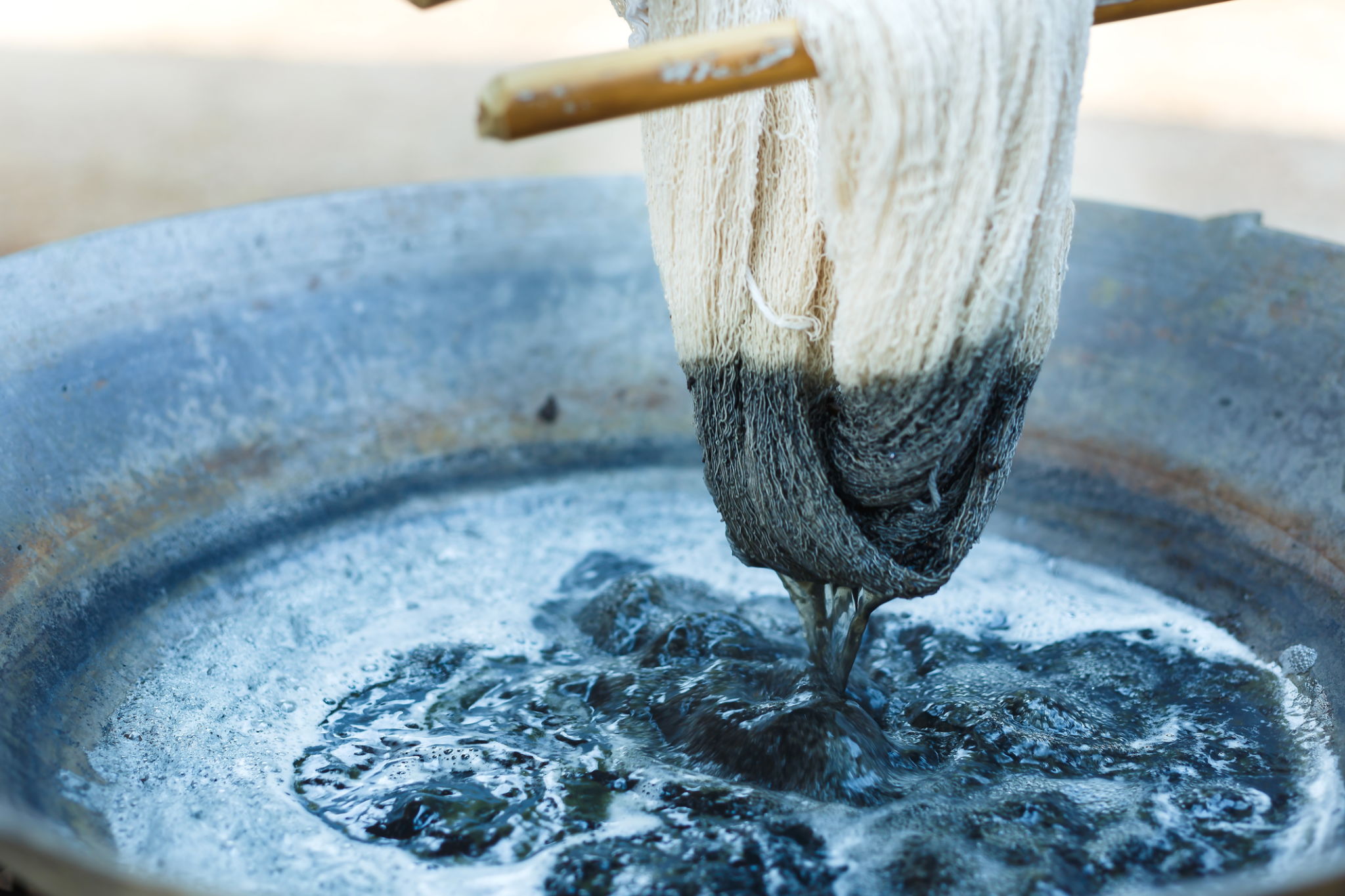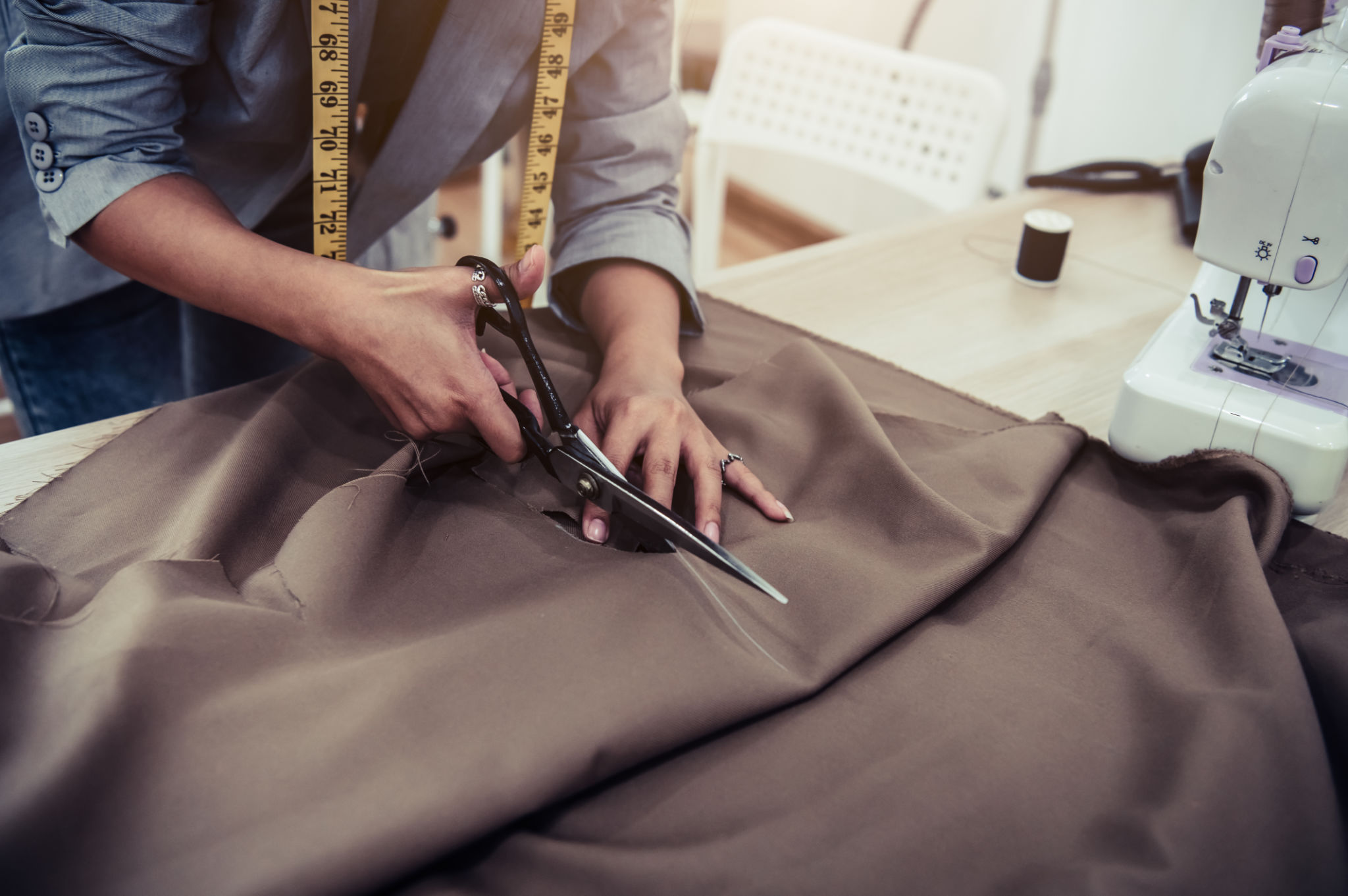Exploring the Rich History of Natural Dyes in Lombardia
The Origins of Natural Dyes in Lombardia
The use of natural dyes in Lombardia dates back centuries, with its roots deeply entwined in the region's rich cultural heritage. From vibrant reds to deep blues, these natural dyes were derived from local plants and minerals, reflecting the natural beauty of the Lombard landscape. The tradition of dyeing fabrics using natural resources was not only an artistic endeavor but also a practical necessity for the people of this region.
Historically, Lombardia was a hub for trade and commerce, providing access to exotic plants and minerals from distant lands. This facilitated a rich exchange of dyeing techniques and materials, allowing the region to develop a unique palette of colors that became synonymous with Lombard textiles.
Today, the legacy of these ancient practices can still be seen in the stunning array of hues that characterize traditional Lombard textiles. Exploring the history of natural dyes in this region offers a fascinating glimpse into the lives and skills of those who lived centuries ago.

Traditional Sources of Dyes
In Lombardia, natural dyes were commonly extracted from a variety of plants, each providing a distinct color. For instance, woad was a popular source for blue dye, while madder root was used to produce a vibrant red. The use of these plants was prevalent due to their availability and ease of cultivation.
Beyond plants, minerals played a significant role in the dyeing process. Iron-rich clays were used to create earthy tones, while alum was employed as a mordant to fix dyes onto fabrics. The combination of plant and mineral sources allowed for a diverse range of colors that adorned traditional Lombard garments.

The Dyeing Process
The traditional dyeing process in Lombardia was a meticulous craft that required skill and patience. The process began with the preparation of raw materials, where plants and minerals were carefully harvested and processed. This often involved grinding or boiling to extract the dye pigments.
Once prepared, the dye pigments were mixed with water and heated to create a dye bath. Fabrics were then immersed into this bath, allowing the fibers to absorb the color. Depending on the desired intensity, this process could be repeated multiple times. The final step involved rinsing and drying the dyed fabrics in the sun, which helped to set the color.

Modern Revival and Sustainability
In recent years, there has been a resurgence of interest in natural dyes as part of a broader movement towards sustainable and eco-friendly practices. Artisans in Lombardia are revisiting these age-old techniques, breathing new life into traditional crafts while promoting environmental sustainability.
The revival of natural dyeing not only preserves cultural heritage but also offers an alternative to synthetic dyes, which often have detrimental environmental impacts. By embracing natural dyes, modern artisans are contributing to a more sustainable future while keeping Lombardia's rich history alive.
Learning and Experiencing Natural Dyeing
For those interested in learning more about natural dyes, Lombardia offers workshops and courses where participants can immerse themselves in this ancient craft. These educational experiences provide hands-on opportunities to explore the entire dyeing process, from harvesting raw materials to creating stunning textiles.
Visitors can also explore museums and cultural centers dedicated to preserving the history of textile arts in the region. These institutions offer valuable insights into the evolution of dyeing techniques and their significance within Lombard culture.

The Cultural Impact of Natural Dyes
The use of natural dyes has had a profound impact on Lombard culture, influencing everything from traditional clothing to contemporary art. The vibrant colors produced by these dyes are celebrated for their depth and richness, adding a unique dimension to Lombard textiles.
Moreover, natural dyes have become an important symbol of cultural identity and heritage. By continuing to use these traditional methods, artisans in Lombardia are preserving a vital part of their history while contributing to a vibrant cultural landscape.
In conclusion, exploring the rich history of natural dyes in Lombardia is not just an exploration of color but also a journey into the heart of a region steeped in tradition and innovation. By understanding and appreciating these ancient practices, we can better appreciate the beauty and significance they bring to our world today.
